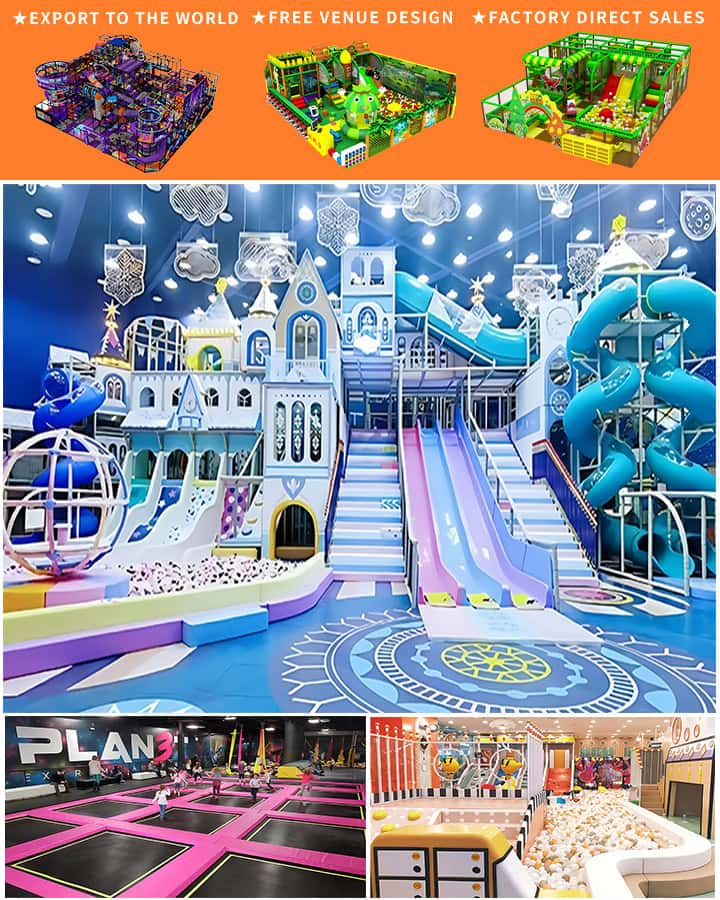Installing commercial playground equipment is a significant undertaking that requires careful planning, proper tools, and adherence to safety standards. This comprehensive guide will walk you through the process of installing commercial playground equipment, ensuring a safe and enjoyable play environment for children.
1. Planning and Preparation
Site Assessment
Before starting the installation, conduct a thorough site assessment. Consider the following factors:
- Location: Ensure the location has adequate space for the playground equipment.
- Safety: Check for potential hazards such as overhead power lines or uneven ground.
- Accessibility: Ensure the site is accessible to emergency vehicles and maintenance personnel.
Permits and Regulations
Check local regulations and obtain necessary permits. Compliance with safety standards and building codes is crucial to avoid legal issues and ensure the playground’s safety.
Design and Layout
Work with a professional playground designer to create a layout that maximizes the use of space while ensuring safety. The design should include detailed plans for each piece of equipment and its placement within the playground area.
2. Gathering Materials and Tools
Playground Equipment
Ensure all playground equipment is purchased from reputable manufacturers and meets safety standards (such as ASTM F1487 in the United States). Gather all components, including slides, swings, climbing structures, and any other elements.
Installation Tools
 You’ll need a variety of tools to install the equipment safely and efficiently. These may include:
You’ll need a variety of tools to install the equipment safely and efficiently. These may include:
- Shovels: For digging holes for anchors.
- Rakes: To level the ground.
- Level: To ensure equipment is installed evenly.
- Power Drills and Wrenches: For securing bolts and screws.
- Concrete Anchors and Fill: For stable installation.
Safety Gear
Wear appropriate personal protective equipment (PPE), including gloves, hard hats, and steel-toed boots to protect yourself during installation.
3. Site Preparation
Clearing the Area
Clear the playground area of any debris, grass, or soil. Ensure the ground is level to prevent tripping hazards and ensure stability when children use the equipment.
Marking the Layout
Use stakes, string, or spray paint to mark the exact locations where each piece of equipment will be placed according to your design plan. This helps ensure proper spacing and alignment.
4. Installing the Equipment
Excavation and Concrete Anchors
For permanent installations, dig holes for concrete footings where indicated. Pour concrete into these holes and place anchors according to the manufacturer’s instructions. Allow time for the concrete to set properly before proceeding.
Erecting Structures
Follow the manufacturer’s guidelines to assemble and secure each piece of equipment. Use power drills and wrenches to tighten all bolts securely. Make sure each component is level and stable before moving on to the next step.
Installing Safety Surfacing
Surround the playground equipment with a safety surface material, such as rubber mats or mulch. This provides cushioning in case of falls and helps meet safety standards. Ensure the surfacing is spread evenly and meets the required depth (usually about 9 inches for impact absorption).
5. Final Inspections and Cleanup
Safety Checks
Perform a thorough inspection of the entire playground to ensure all equipment is securely fastened and meets safety requirements. Check for any protruding bolts, sharp edges, or unstable structures.
Cleanup
Remove any construction debris and clean up the area thoroughly. This includes sweeping away dust, disposing of packaging materials, and ensuring the playground is ready for use.
6. Maintenance and Monitoring
Routine Maintenance
Regularly inspect the playground equipment and safety surfaces to identify and address any issues promptly. Schedule periodic maintenance checks to tighten bolts, replace worn-out parts, and replenish safety surfacing materials.
Supervision
Ensure that the playground is supervised by adults to monitor children’s behavior and intervene if necessary. Proper supervision can significantly reduce the risk of accidents.
Conclusion
Installing commercial playground equipment is a multi-step process that requires careful planning, proper tools, and strict adherence to safety standards. By following this guide, you can create a safe and enjoyable play environment that meets regulatory requirements and provides endless hours of fun for children. Remember, the key to a successful installation lies in thorough preparation and meticulous attention to detail. Happy playground building!




